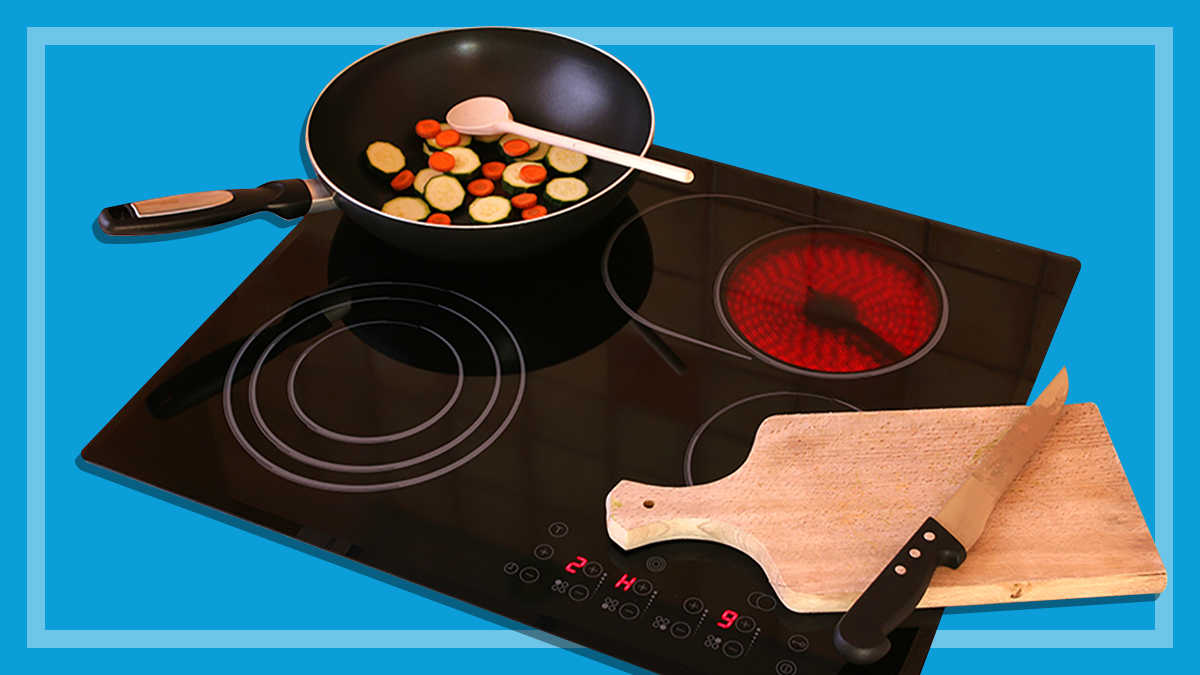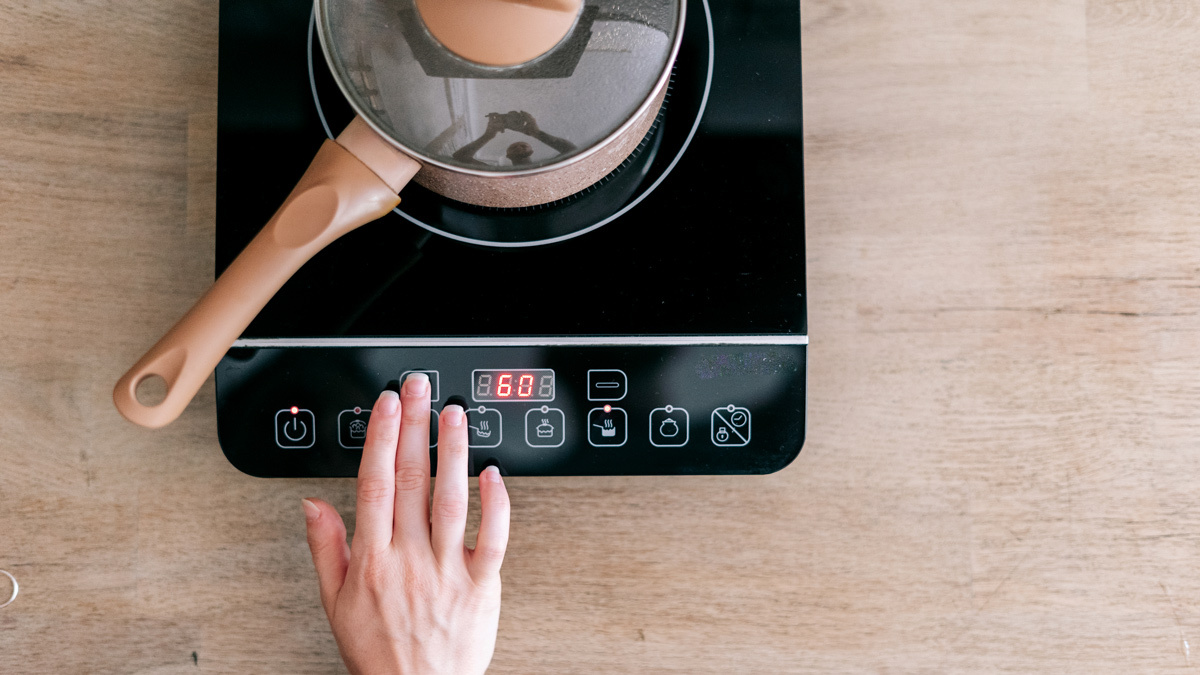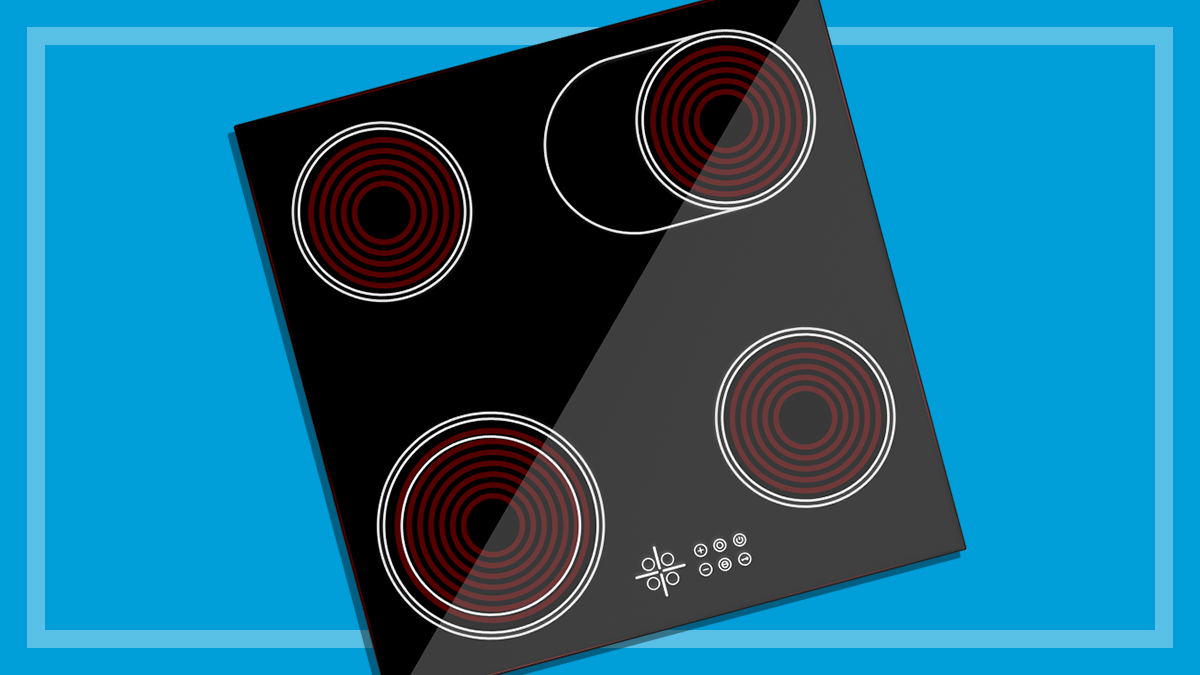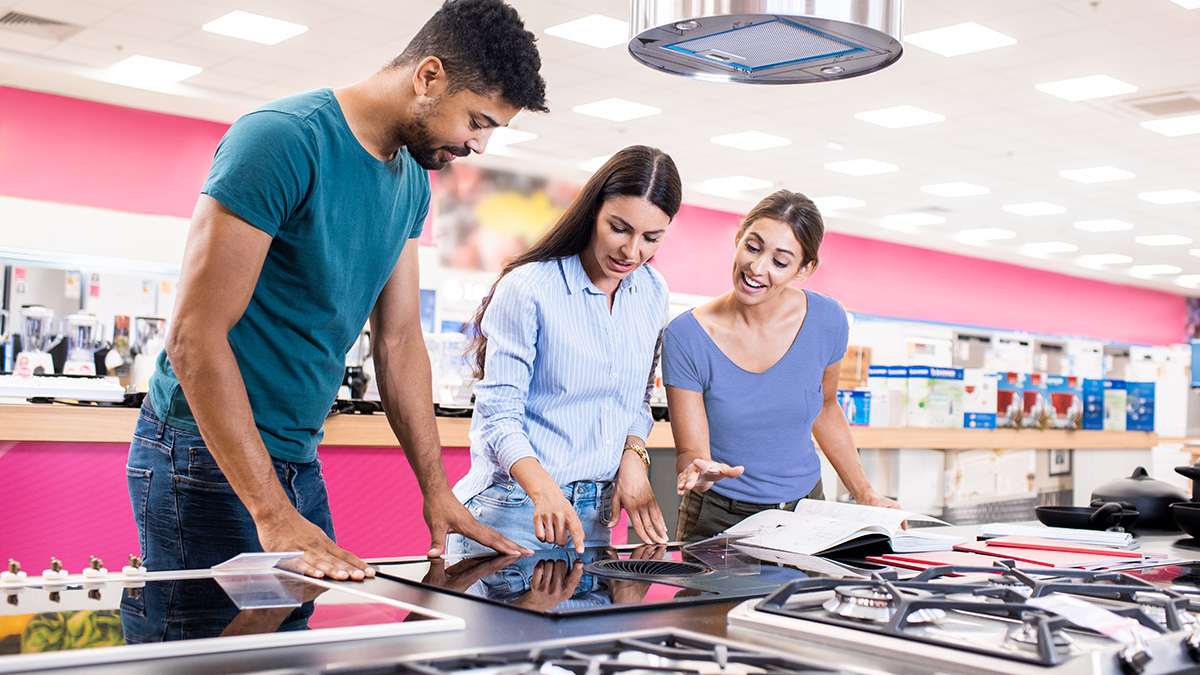Get our independent lab tests, expert reviews and honest advice.
How we test gas, induction and ceramic cooktops

All kitchens have them, but which cooktop should you choose?
On this page:
An induction cooktop (including the portable types) has an impressive ability to heat up extraordinarily fast and respond quickly to changes in temperature setting, but gas and ceramic cooktops are still popular choices.
We’ve tested hundreds of cooktops in our kitchen laboratory, and here we’ll tell you how the CHOICE testers put cooktops through their paces.
Our expert testers
Our home economist Fiona Mair is a whizz in the kitchen and knows more than a thing or two about operating any appliance you put in front of her. With 30 years of experience, she’s seen lots of new technology enter the kitchen space and has watched the rise in popularity of induction cooktops. Fiona and Chantelle Dart, our other kitchen lab tester, put cooktops of all types to the test to see how they perform (and CHOICE staff get to eat the results!).
How we choose what we test
With so many brands and models to choose from, what makes us choose one cooktop to test over another? As with most of our product testing, our aim is to test the most popular models on the market and those that you’re most likely to see in shops.
We survey manufacturers to find out about their range of models, we check market sales information and we consider requests from CHOICE members to test specific models. From this information we put together a final list that goes to our buyers. They then head out to the retailers and buy each product, just as a normal consumer would. We do this so we can be sure the model we test is the same as any consumer would find it, and not ‘tweaked’ in any way.
How we test
Our kitchen lab experts rate and compare cooktops by cooking various dishes using a range of heat settings. All cooktop types should be able to cook reliably on low and high heats as well as move quickly from high to low heat when needed. So our tests are the same regardless of the cooktop type, and we use the same cookware too.
Performance
Our home economist makes:
- white sauce to test the cooktop’s ability to work on the low heat setting (on ceramic cooktops and portable induction cooktops we also melt chocolate to test the low heat setting)
- boiled rice to assess the turn-down capacity of the cooktop – starting on a high heat and reducing to a simmer
- vegetable and beef stir fry to test the high heat setting for a short time.
Ease of use
For our full-size gas, induction and ceramic cooktops our home economist checks the:
- controls – their settings, positioning, relation to elements, and whether you can easily indicate which cooktop is in operation
- size and type of elements
- element positioning
- ease of cleaning
Portable induction cooktops only have one cooking zone, so we don’t rate the element positions and versatility in the same way as full-size cooktops. Instead, we rate the controls for safety, intuitiveness and ease of using the settings. We also assess how easy the controls are to use and how easy the units are to clean.
Test criteria explained
CHOICE Expert Rating
For full-size cooktops, the CHOICE Expert Rating is made up of:
- cooking performance score (60%)
- ease of use score (40%).
For portable induction cooktops, we rate cooking performance and ease of use equally when calculating the CHOICE Expert Rating.
Our test lab
We maintain a kitchen lab that is up to date with the latest reference machines and calibrated measurement tools for our testers to bring you the right results.






